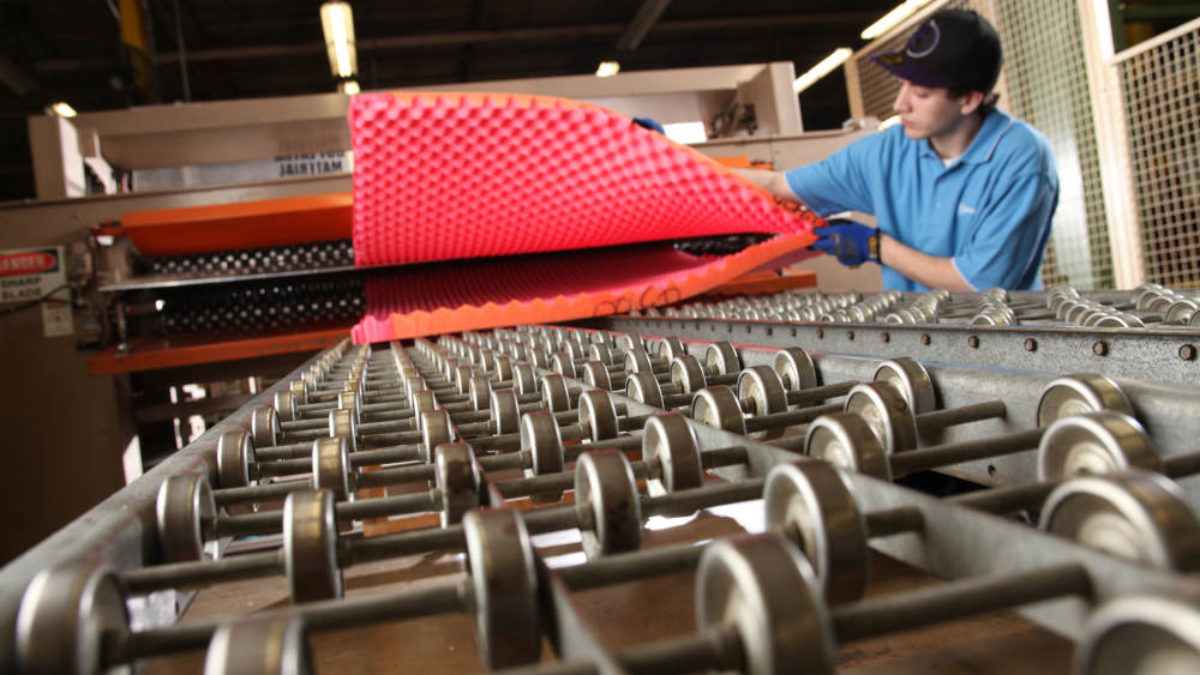Two very important foam capabilities that can determine a piece of foam’s usefulness in a given application are tensile strength and tear strength. These measurements, based off of standardized testing, allow you to best choose a foam material for everything from product manufacturing to packaging and protection.
What’s the difference between tensile strength and tear strength? Find out what the tests measure and how they can give you more information about the material.
What is Foam Tensile Strength?
Tensile strength is a piece of foam’s ability to resist breaking under pressure. It’s tested using ASTM D-3574-17 standards that are performed on cross-sections of foam. This yields specific numerical results that will tell you how durable a piece of foam is under specific PSIs.
It’s important to understand the tensile strength of a piece of foam as it determines how well the foam will be able to stretch before it breaks. This allows you to gauge how well the foam will perform under extreme conditions as well as its estimated life expectancy based on its application. When it comes to foam packaging applications, tensile strength will give you an idea of how much pressure the foam can withstand as well as how difficult it will be to break into the products packaging.
What is Foam Tear Strength?
Tear strength is a test of a piece of foam’s durability. Also measured by ASTM D3574-17 standard testing, tear strength is the material’s resistance to tearing, based on a measurement of lbs./lin inch. Tear strength is similar to tensile strength, but it differs in that it measures the tear growth of foam, not its breaking point. When tested for tear strength, a piece of foam is subjected to a tensile load after a crack (or rip) has been introduced into the foam. The measurement is taken at the point in which the foam breaks based on the initial crack or rip. It’s a more situational test when compared to tensile strength testing.
As with tensile strength, tear strength can help you determine the durability and lifespan of a piece of foam, but this measurement will give you a better impression as to how the material holds up after damage has already been sustained.
If you’re looking for more information on foam materials, including their tensile and tear strength, find which materials we recommend based on your application on our foam materials page.
Need help determining what level of tensile and tear strength is necessary for foam used in your application? Get in touch with our foam experts to get all the help and information you need.


